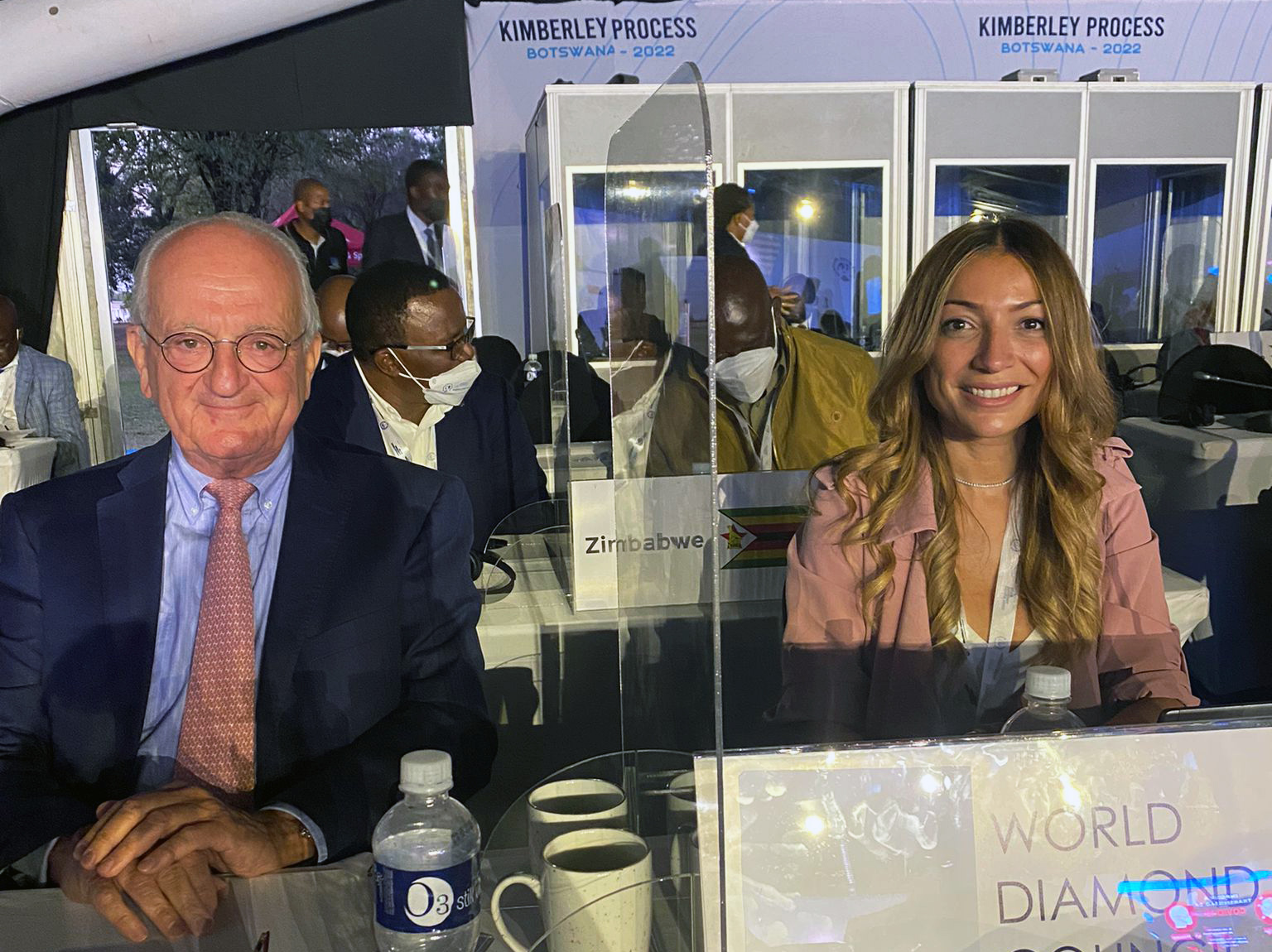As a mechanism designed to prevent the infiltration of conflict diamonds into the legitimate supply chain, the Kimberly Process Certification Scheme (KPCS) differs from most regulatory systems that are applied internationally. This is because it has not implemented uniformly in each and every country, but rather according to rules that have been ratified separately by legislation or decree, usually at the national or federal level, or the regional level, as is the case in the European Union.
The Kimberley Process (KP) itself does not have legal authority, as does for example bodies like the United Nations or World Trade Organization, both of which have the ability to dictate certain terms to their members. This notable shortcoming is a primary justification for the KP’s often-criticized consensus decision-making system. The simple logic is that the best to way to ensure that all parties remain on board with a resolution is to have them agree to it in the first place.
The KPCS essentially is an agreed to framework and set of guidelines, that are individually applied and operated in each member country, and a method for reporting approved exports of rough diamonds, which can be checked and verified when they arrive at their port of destination.
The architects of the KPCS understood the KP’s limitations, but also realized that the effectiveness of the KPCS, both functionally and from the perspective of how it is perceived by others, would depend on its minimum standards being met in every one of the countries and regions that were part of the process. They thus devised a system by which the members of the tripartite body, including all government Participants, but also the Observers from industry and civil society, would periodically and systematically review and critique the implementation of the certification scheme in the individual nations. It is knoqn as the KPCS Peer Review system.












